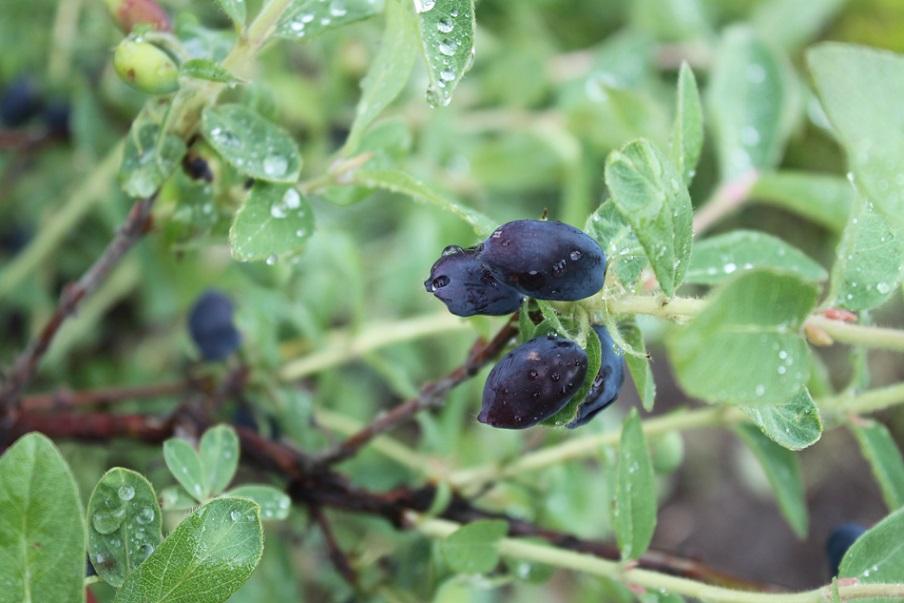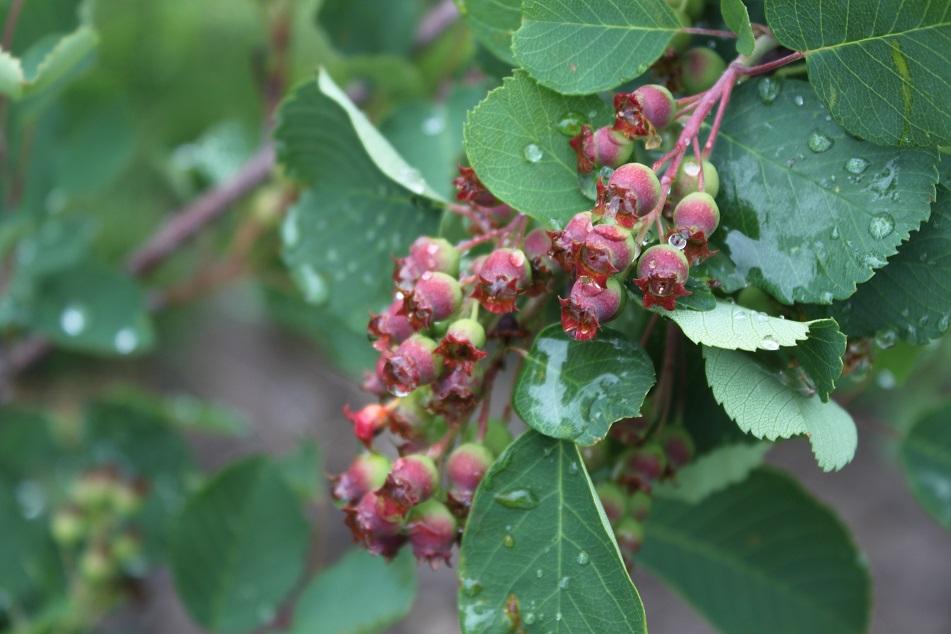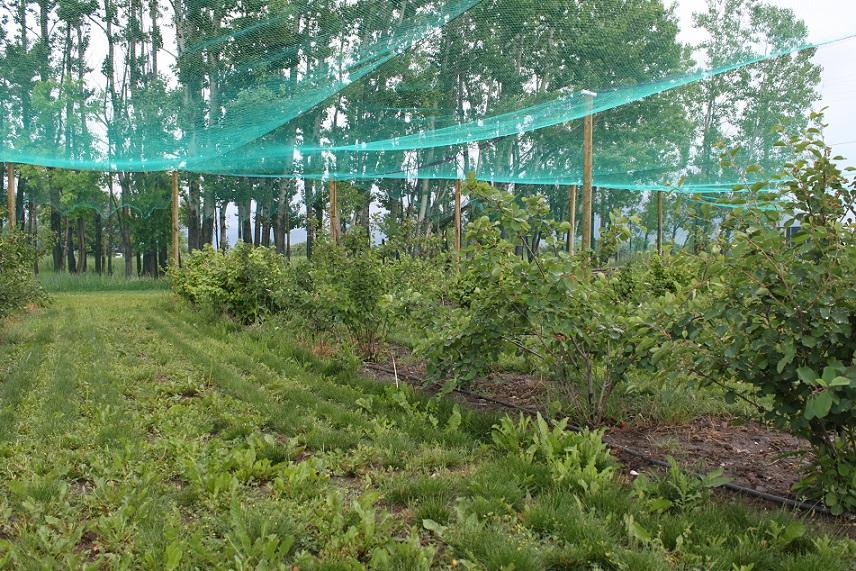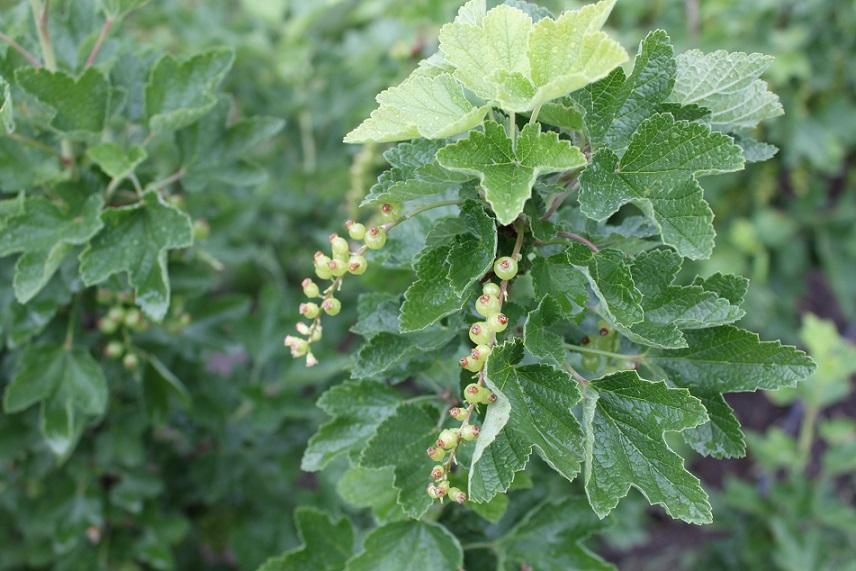Small Dark Fruit Variety Trials
Interest in berry-based "superfoods" has been increasing across North America in recent years. Consumption of blueberries in particular has skyrocketed, but blueberries are not easily grown in Montana. As a result, MSU is currently pursuing research into berry alternatives such as haskap, currant, saskatoon (also called serviceberry), aronia, elderberry, and dwarf sour cherry. Trial plots of these small fruits have been established on MSU's Horticulture Farm in Bozeman as well as on sites in Corvallis, Kalispell, and Helena. Researchers hope to evaluate the productivity, hardiness, flavor, and profitability of these nutrient-dense fruits in order to educate both growers and consumers around the state. For more information on small dark fruits, including species information and research results from the past several years, check out the Western Agricultural Research Center's research on cold-hardy berries.
The research plot at MSU's Horticulture Farm in Bozeman includes 21 varieties of haskaps, saskatoons, dwarf sour cherries, and red and black currants.
Haskap (Lonicera caerulea var. edulis)
Haskaps, also called 'honeyberries,' are an edible honeysuckle native to the northern hemisphere. The small elongated berries are high in vitamin C and anthocyanins and taste similar to blueberries. They are also extremely cold-hardy and produce fruit early in the season (late spring to early summer). Haskaps have the potential to be a valuable blueberry alternative for Montana producers, as blueberries do not grow well in Montana soils.
The haskap varieties planted at the Horticulture Farm are:
- Indigo Gem
- Borealis
- Aurora
- 85-19
- 41-75
- 44-19
Saskatoon (Amelanchier sp.)
Saskatoons, also called serviceberries, are native to North America and are a common mountain shrub. The small berries are high in fiber and antioxidants and can be used fresh, preserved, or cooked. Saskatoons are widely adapted, cold-hardy, and can tolerate most soil types.
The saskatoon varieties planted at the Horticulture Farm are:
- JB-30
- Lee3
- Northline
- Martin
- Lee8
- Smoky
Dwarf Sour Cherry (Prunus x kerrasis)
Sour Cherries are small, cold-hardy shrubs that produce high quality fruit with high sugar content. They are popular with producers due to their suitability for mechanical harvest and are well suited to production in Montana. Some varieties produce cherries sweet enough to eat fresh, but most are better suited to cooking.
The sour cherry varieties planted at the Horticulture Farm, all released from the University of Saskatchewan, are:
- Carmine Jewel
- Juliet
- Romeo
Black and Red Currants (Ribes nigrum and R. rubrum)
Black and Red Currants are European relatives of the native clove currant (Ribes odoratum) and are better suited to commercial production. The berries are larger than native currants and have higher yields. Fruits are high in vitamin C and anthocyanins, and they can be eaten fresh but are usually cooked.
The currant varieties planted at the Horticulture Farm are:
Black Currant (Ribes nigrum)
- Titania
- Blackcomb
- Stikine
- Tofino
Red Currant (Ribes rubrum)
- Rovada
- HRON




